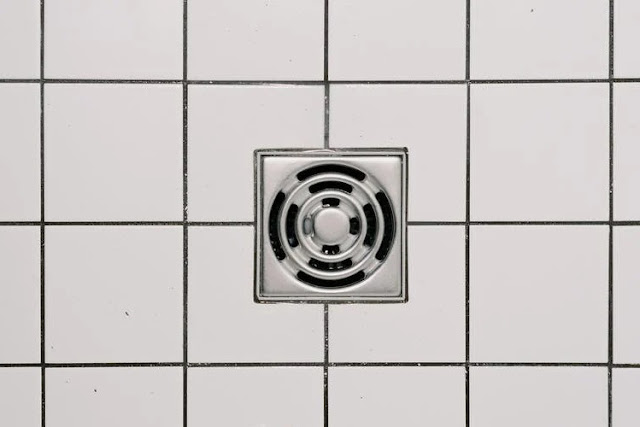How to Find a Shower Drain For Your Shower: A Guide for Homeowners
If you're a homeowner, then you know that there are always projects to be done. One of the most common projects is installing a new shower drain. But, if this is your first time doing it, don't worry - we're here to help! This blog post will walk you through finding and installing shower drains for tile shower floors in your home.
There are a few different types of shower drains available on the market:
- Drop-in drains: These drains are designed to fit into a pre-cut hole in your shower. They're easy to install, but they're not always the most stylish option.
- Tile insert drains: These drains sit flush with your shower floor, giving your shower a clean, finished look. They can be more difficult to install than drop-in drains, but they're worth the extra effort!
- Linear drains: These are perfect for showers with multiple showerheads or large showers. They provide a sleek, modern look and can be installed in new and existing showers.
Now that you know what types of shower drains are available, it's time to start shopping!
Here are a few things to keep in mind as you shop:
- The size of your drain: You'll need to know the size of your shower drain before purchasing a new one. Most drains are available in standard sizes, but it's always best to measure.
- The material of your drain: Shower drains are typically made from stainless steel, brass, or bronze. Choose the material that best matches the fixtures in your shower.
- The finish of your drain: Shower drains are available in various finishes, from polished to brushed. Choose the finish that best suits your style.
Let's talk about how to install one:
1) Start by removing the old drain. This can be done by unscrewing the drain cover and then using a wrench to loosen the drain body from the shower floor. If your old drain is glued in place, you may need a utility knife or a drill to remove it. Be careful not to damage the shower floor as you remove the old drain.If your shower has a tile floor, you'll need to chisel out the grout around the drain before removing it. Use a utility knife or a rotary tool fitted with a diamond tip bit to make the job easier.
2) Once the old drain is removed, clean the shower floor. This will help to ensure that your new drain will have a tight seal.
Use a vacuum to remove any debris from the drain opening. Then, use a mild cleanser and a sponge to clean the area around the drain. Rinse well and allow the area to dry completely before proceeding.
If your shower has a tile floor, you'll need to apply a new layer of grout around the drain opening. First, use a rubber float to smooth the grout into place. Next, wipe away any excess grout with a damp sponge. Allow the grout to dry completely before proceeding.
3) Now, it's time to install the new drain. Begin by placing the drain body into the drain opening. If your drain has a rubber gasket, place it over the drain opening before inserting the drain body.
If your drain has a tile insert, you'll need to place it over the drain body and secure it with screws. Be sure to use the proper type of screw for your shower floor (wood or concrete).
Test it out once the drain is installed by running water in the shower to see if it drains properly. If everything looks good, you're finished!
That's all there is to it! Installing a new shower drain is a simple DIY project that anyone can do. Just be sure to take your time and follow the instructions carefully, and you'll be enjoying your new drain in no time.




Comments
Post a Comment